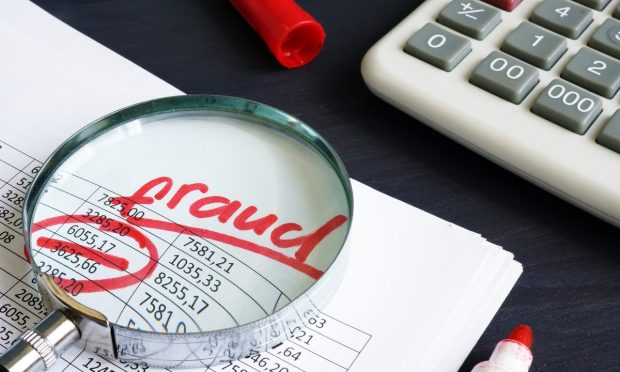PPP Loan Fraud Shows the Lures and Risks of Quick Onboarding

The old saying goes: Faster payments make for faster fraud.
That sentiment might (and not necessarily accurately) apply to real-time payments.
But one might also broaden that sentiment a bit to include the Small Business Administration’s Paycheck Protection Program (PPP). The scramble inherent in getting pandemic relief to hundreds of thousands of small and medium-sized businesses (SMBs) — disbursed by banks, but also the online platforms that transformed into loan-making channels — provided openings for fraudsters.
As has been widely reported, the U.S. Secret Service said this week that criminals made off with roughly $100 billion in pandemic relief monies. CNBC reported that the funds were siphoned away from the PPP program and the Economic Injury Disaster Loan program, among others.
Of that $100 billion tally, about $2.3 billion has been recovered, leading to 100 arrests. In terms of scale, we note that the $100 billion is only a fraction of the roughly $3.5 trillion that made its way through the U.S. economy as a whole as part of the Coronavirus Aid, Relief, and Economic Security (CARES) Act as the pandemic hit.
Assistant Special Agent in Charge Roy Dotson told CNBC that “there’s no doubt that the programs were easily accessible online. And so, with that, comes the opportunity for bad actors to get into that mix.”
Among the notable recoveries: $400 million in loans fraudulently obtained from Green Dot and PayPal. FinTechs had initially been given approval by the federal government to make PPP loans in April of 2020.
The movement toward streamlining loan applications, in a time of crisis, spotlights some of the vulnerabilities of the online processes themselves. Fraudsters can leverage stolen credentials, perhaps cobbling together synthetic identities to set up accounts and get money in hand before anyone is the wiser.
In one high-profile case noted in this space, a former Olympic speed skater allegedly fraudulently obtained $10 million in COVID relief funds, using some of that money to finance a movie made by “Lord of the Rings” actor Elijah Wood about serial killer Ted Bundy.
Read also: Ex-Olympian Allison Baver Accused of $10M in PPP Fraud
Allison Baver allegedly claimed that her company had hundreds of workers and a $4 million monthly payroll. But the government says she had no payroll in place, or employees for that matter, in hand when she applied for the loans.
The recent arrests and the mushrooming fraud spotlight the vagaries of pivoting quickly to meet the administrative demands of massive government programs, and where private companies moved quickly to open new channels for disbursement. Earlier this year, Kabbage reportedly made $7 million in loan disbursements to more than 370 smaller firms that were, in fact, fake businesses. Kabbage has been one of the largest lenders under the program, with an estimated $7 billion — and as reported earlier this year, Kabbage and other FinTechs have been probed by lawmakers over errors in the loan processing.
See: House Committee Asks Kabbage, BlueVine For Pandemic Loan Security, Revenue Data
It’s important to note that investigations by the House Select Subcommittee on the Coronavirus Crisis and by the Justice Department may not necessarily indicate wrongdoing on part of the platforms themselves … but they do indicate that accuracy, which is the goal of any lending channel, may have proven in part elusive — inadvertently or as a result of ill-intent. Last month, the House investigation into FinTechs and PPP fraud was expanded to include Blueacorn and Womply. The announcement of the expansion stated that “some FinTechs and their bank and non-bank partners may have insufficiently screened applicants for indicators of financial crime and fraud.” The platforms no doubt have some fine-tuning (or even more than fine tuning), for the next go-round in economic aid — as the delivery models (online channels) have proven valuable but imperfect.
